Barn owls have a reputation as a farmer’s best friend. It isn’t because of their ability to fly silently through the night, nor the beautiful patterning of their feathers.
Farmers love this heart-shaped faced bird because of its diet, but what do barn owls eat?
This stealthy raptor loves to eat rodents and is the scourge of mice and rats. When it comes to pest control, barn owls are king. They’ll even hunt down young rabbits and other critters.
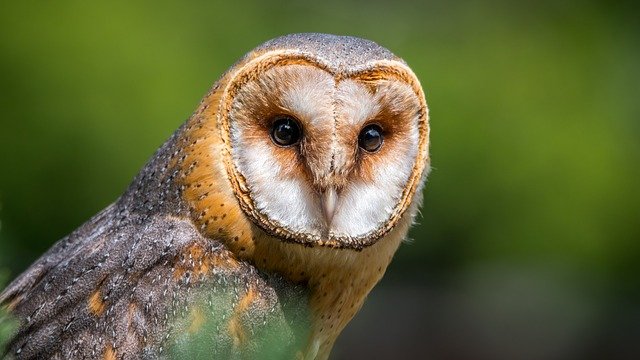
These nocturnal hunters operate in the dark, during the quiet times when small animals come out of hiding. During the day they will roost peacefully in the eaves of the barn, or amongst the trees.
Yet, as accurate as their reputation is, barn owls are opportunistic hunters. When their favoured prey is scarce, they can adapt.
Rodents & Small Mammals
The barn owl’s favourite foods are undeniably the rodents and small mammals that abound in the rough grassland, wooded areas, and farmland where they hunt.
Such prey makes up more than 75% of this bird’s diet. They eat other creatures more out of necessity than choice.
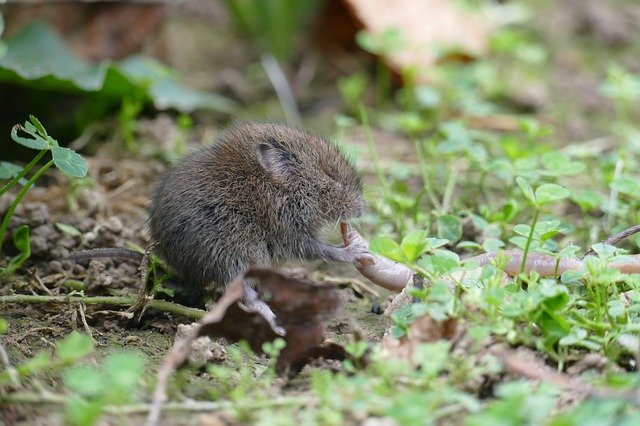
List of Rodents & Mammals Barn Owls Eat:
Barn owls have a preference for voles and mice but are partial to many of the rodents and mammals below.
- Voles
- Mice
- Rats
- Gophers
- Shrews
- Lemmings
- Bats
- Rabbits
Small rodents instantly succumb to the owl’s deadly talons and are just the right size to be swallowed whole, granting the most nourishment for the least amount of work.
Larger prey, such as rats and rabbits, can be too heavy for these hunters to carry to a perch to eat in safety. It is worth noting that most wild rats are also infected with leptospirosis or Weil’s disease.
This doesn’t matter to owls in the wild, but you should avoid feeding wild rats to any owl that you handle.
Nutrition
Small mammals represent a rich bounty for the barn owl.
Evolution has shaped it into an effective hunting machine, but there are tradeoffs that make it necessary for this bird to eat at least 10% of its body weight a day – a target they typically exceed.
Barn owls aren’t able to carry much fat.
Their much-vaunted silent flight requires them to be as light as they can be. Without significant fat stores to rely on, these birds are prone to quick starvation if they don’t get a steady supply of prey.
The nutrients gained from a few rodents each day keeps them in peak condition. Besides the vital protein and fat, a mammal meal provides all of the following vitamins and minerals:
List of Vitamins & Minerals Barn Owls Need:
- Vitamin A
- Vitamin B-6 and B-12
- Vitamin C
- Niacin
- Pantothenic Acid
- Iron
- Phosphorus
- Sodium
- Riboflavin
- Selenium
- Copper
- Zinc
Reptiles & Amphibians
The barn owl’s overwhelming preference for rodents may be inarguable, but as the popular song goes, “you can’t always get what you want.”
When the little mammals are scarce, these predators will rely on reptiles and amphibians to get what they need. This is not to suggest that cold-blooded prey makes up much of the average barn owl diet.

Things like frogs and lizards taken together can represent anywhere from 7% to less than 1% of the bird’s diet.
Yet the list of animals in this category that barn owls around the world have been observed eating is varied.
List of Amphibians & Reptiles that Barn Owls Eat:
- Geckos
- Skinks
- Ocellated Lizards
- European Green Lizards
- Common Wall Lizards
- Slow Worms
- Snakes
- Frogs
- Toads
- Newts
Barn owls are nocturnal, so their choice of prey tends to also be active at night. The noise they make allows the owl to zero in on their location with pinpoint accuracy, due to its peerless sense of hearing.
A croaking frog doesn’t stand a chance. Even the soft rustling of a lizard moving over leaves is enough to doom it to the barn owl’s talons.
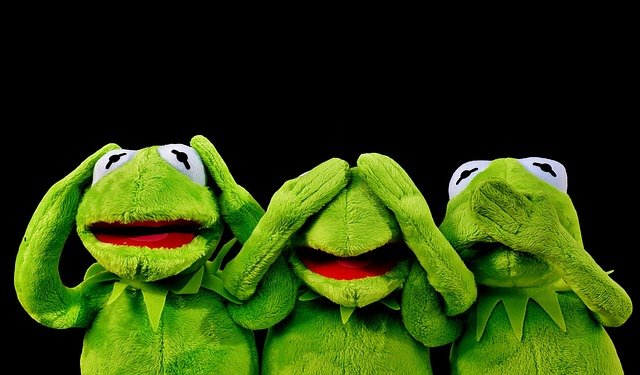
Luckily, these animals are more likely to be passed over than not.
Nutrition
Lizards and amphibians are fair sources of lean protein. Because the owl is constantly in need of more fat to replenish its minuscule stores, the lower lipid content of these animals is a strike against them.

Yielding roughly 50 calories per ounce, lizard meat is comparable to that of poultry — another meat owls aren’t especially fond of.
Lizards have less fat on average than amphibians, but their nutrient density otherwise is similar.
They provide owls with significant amounts of calcium and phosphorus, promoting bone health, but low offerings of sodium and vitamins B-1 and B-2.
Notably, lizards are excellent sources of amino acids. They contain tyrosine, which improves nerve communication and alertness, and tryptophan, useful in protein synthesis and shown to bolster birds’ antioxidant profile.
However, barn owls eat so few lizards, it is unlikely they get many benefits from these nutrients.
Other Birds
Barn owls rarely show interest in hunting other bird species.
This is likely due to several factors, including the scarcity of other nocturnal birds within their hunting grounds, and the relative difficulty of capture compared to ground-based targets.
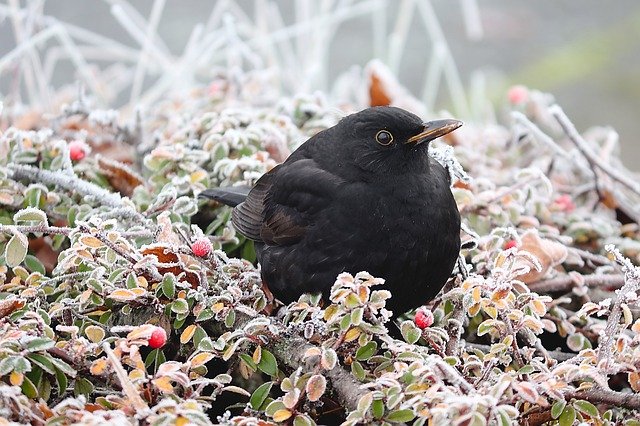
Most of all, the nutrient profile of other avians is not ideal, particularly not the small birds that barn owls would be regulated to hunting. Yet, sometimes they do eat them.
List of Small Birds That Barn Owls Eat:
- Blackbirds
- Meadowlarks
- Robins
- Sparrows
- Starlings
Perching birds are easy targets for the owls swift swoop and grab attack, and likely targets are small enough to be swallowed whole. Feathers can be more troublesome to process than fur, however.
Dried day old chicken chicks are often fed to pet barn owls, as are pigeons — though they have to be cut into manageable pieces.
Wild pigeons are also likely to have diseases and parasites dangerous to your owl, so you should avoid using them as feed.
In fact, it is always safer to feed barn owls small animals that they can eat whole.
When chopping up something larger, there is always the chance that a bone fragment may be present, potentially of a size much larger than the owl can safely swallow.
Nutrition
Birds have a nutrition profile that is similar to that of small rodents.
They are not as fatty, and therefore are less efficient sources of crucial energy, but they are a better source of many vitamins and a fair source of minerals.
Avian meat has, on average, higher levels of vitamins A, B-1, B-3, B-5, E, and K.
However, it has lower mineral density than red meat, with only magnesium and phosphorus content being roughly equal.
Insects & Other Invertebrates
Bugs represent some of the lowest effort targets for a barn owl.
Being able to glide soundlessly through the darkness and attack with razor-sharp talons is overkill when your prey is a slow-moving beetle or spider sitting stationary in a web.
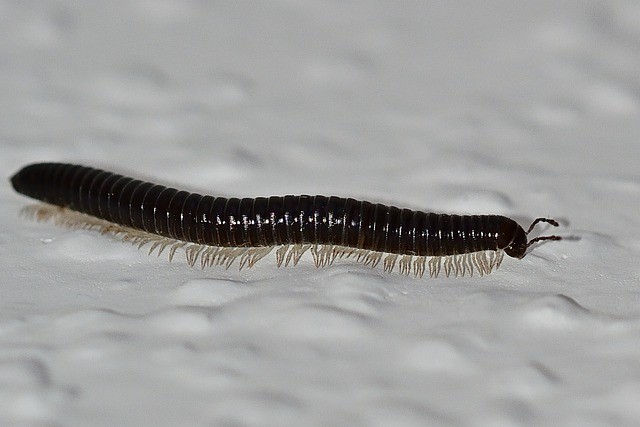
Owls will snap up a quick invertebrate meal occasionally, though this is just another sign of their opportunism.
This kind of food makes up only a scant percentage of their overall diet, and they don’t make a point of hunting this prey.
Still, the remains of several species of insects and their ilk have been routinely found in owl pellets. Some of these are:
- Beetles
- Centipedes
- Crickets
- Moths
- Scorpions
- Spiders
While most of these creatures can be plucked up from the ground, barn owls have been observed snatching flying bugs out of midair.
Regardless of how these hungry hooters eat them, these tiny morsels only qualify as a snack.
Nutrition
Insects and other invertebrates can be an excellent source of numerous nutrients, but it depends heavily on which species is being considered.
For example, protein content ranges from 10-35 g per 100 g of the insect in question. For sodium, the figure is 0-152 mg per 100 g.
Even assuming an owl found the insect richest in fat (the caterpillar), searching up 100 g worth of them would be a futile effort, and would leave them with deficiencies in other categories.
That said, when it comes to calcium and riboflavin, insects as a whole have a greater concentration than any type of meat or offal.
A savvy owl might instinctively snack on specific bugs to get those nutrients.
What Do Barn Owl Chicks Eat?
As with other raptors, barn owl parents feed their chicks the same prey that they eat themselves.
They prioritize feeding their young the best food, meaning rodents and small mammals, eating the sub-par options themselves.
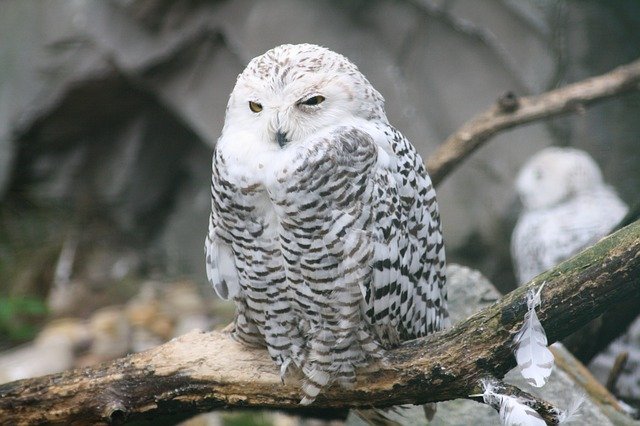
During incubation and brooding, the male does all the hunting for his mate and an average of 4-7 chicks. He brings the prey to the nest, and the female shreds it into baby-sized pieces for the little ones.
This is only required for the first 2 weeks or so, after which the chicks can manage to swallow their food whole, just like mom and dad.
However, they are far from ready to fend for themselves at this point. It will be between 3-5 months before they are able to leave the nesting site and hunt for themselves.
Conclusion
Barn owls deserve their reputation as a farmer’s best friend. In an environment where rodents are abundant, they will happily subsist on them alone.
This has led to many farmers choosing to raise this bird instead of relying on pesticides and poisons.
It isn’t every day that an animal’s diet can be leveraged to save money in industry, while having a positive overall impact on the ecosystem.
But, barn owls naturally fit this role, and they do it with quiet, deadly efficiency.
F.A.Q.s — Popular Barn Owl Diet Searches
Do Barn Owls Eat Squirrels?
Yes, they do, but rarely. Squirrels are exactly the type of small mammal that barn owls prefer, but their respective schedules keep them from encountering each other consistently.

Tree squirrels are crepuscular, which means they are most active at dusk and dawn. Ground squirrels, meanwhile, are diurnal, meaning they are awake and busy during the day.
In both cases, nightfall finds these furballs asleep in their den, safe from hunting owls. It’s only when a squirrel ventures out for a late-night snack that they risk becoming exactly that for a hungry raptor.
Do Barn Owls Eat Cats?
It isn’t unheard of for a barn owl to attack a stray kitten. For a brief time, these kiddy cats are small and vulnerable enough to make a tempting target, if their parents have allowed them out in the open.

However, adult cats are far too large for the little barn owl. While it may look to be roughly the same size as the average house cat, that’s mainly due to its handsome plumage.
These birds only weigh about 1 lb, and would likely become prey themselves if they attacked a fully grown cat.
How Many Mice Can Barn Owls Eat In A Night?
On the subject of cats, they may just lose their vaunted position as the best mousers to the barn owl.
We’ve already established that this bird of prey is a peerless hunter of rodents, but they have an appetite to match. Barn owls can hunt upwards of 12 or more mice in a night.
The average mouse weighs little over half an ounce. Eating the average minimum of 10% of its body weight per night, a barn owl would eat at least 3 mice every night.
However, they are unlikely to stop there, particularly during the breeding season. In fact, a dad hunting for his family will hunt more than they can eat, and store the extra in case of a shortfall.
Do Barn Owls Eat Snakes?
Many owls do eat snakes, but barn owls don’t seem to number among them. While they eat other reptiles, they appear to eschew snakes.
It’s hard to say definitively that no barn owl has ever eaten a snake. After all, many snakes are active at night and would make tempting targets.
Though, considering that reptiles are such a small portion of the owl’s diet, to begin with, it’s possible that snakes simply get overlooked.
At the same time, not every owl can safely digest venomous snakes. Barn owls may be actively avoiding snakes in response to their survival instincts.
How Do Barn Owls Hunt?
Barn owls can actually hunt more by sound as by sight. They perch on a branch, or drift silently among the trees or low above the rough grassland that they favour, looking and listening for likely prey.
Their hearing is the most sensitive of any animal’s. They can hunt in complete darkness.
This is thanks to their interesting ear placement, just behind their eyes, and the concave shape of their face that focuses soundwaves like a radar dish.
With the prey located, the owl swoops down, talons forward, and slams into it.
The force of the hit isn’t usually enough to kill, but it stuns long enough for the owl to finish off it’s captive with its beak. Then it’s off to a perch to properly gulp the food down.